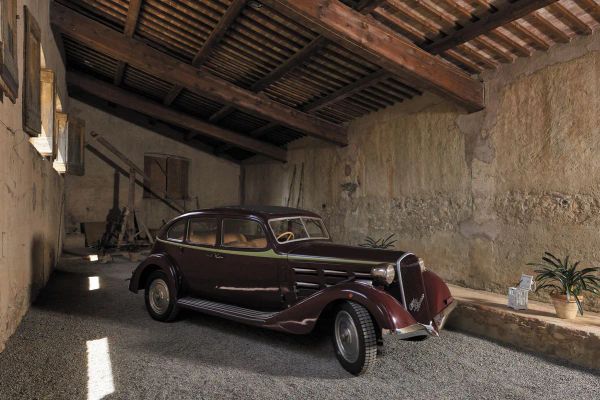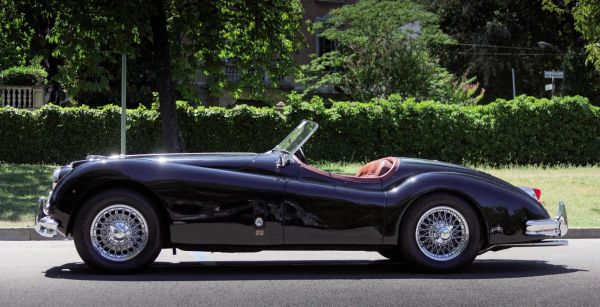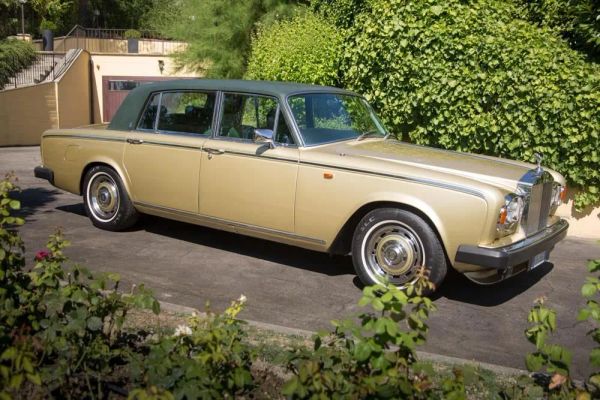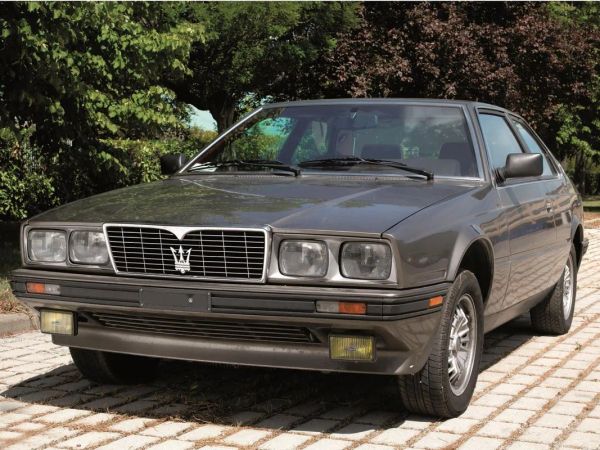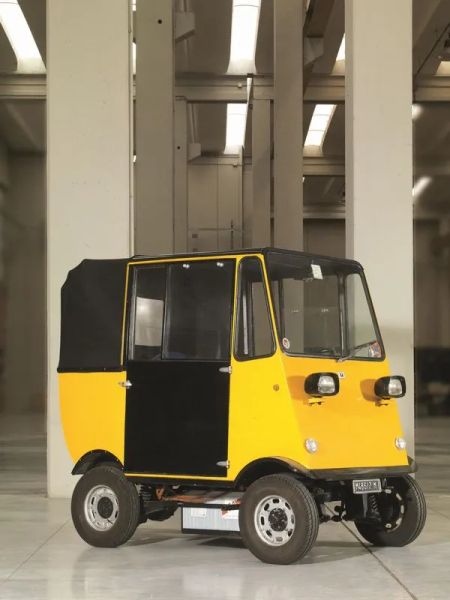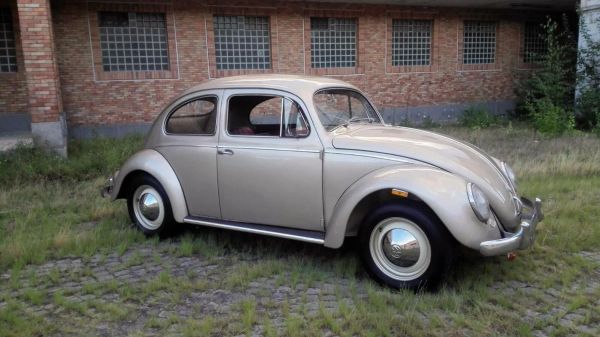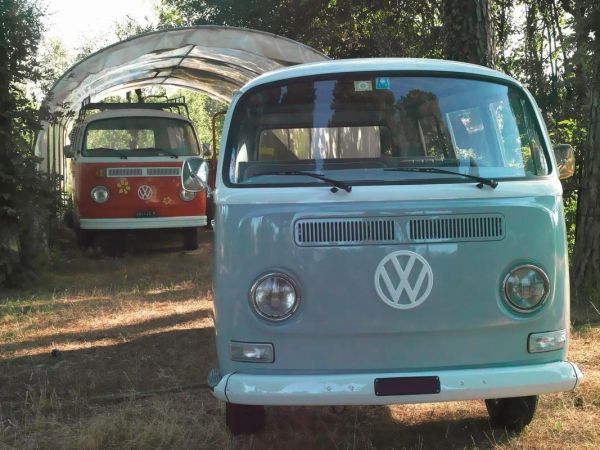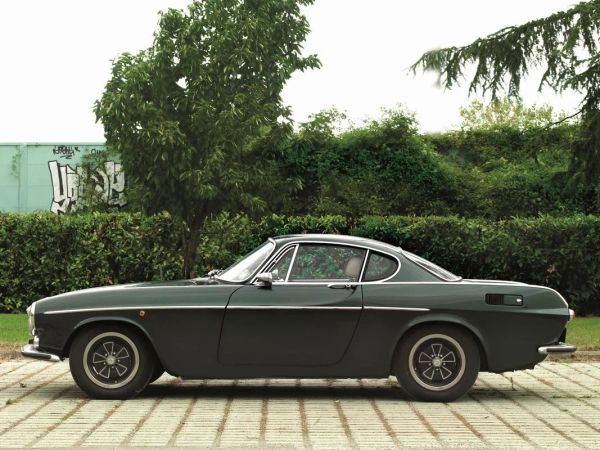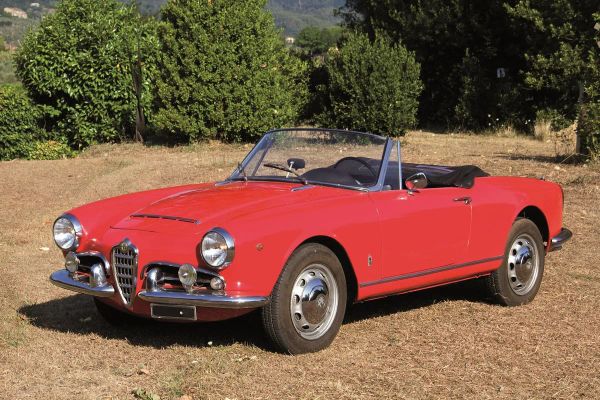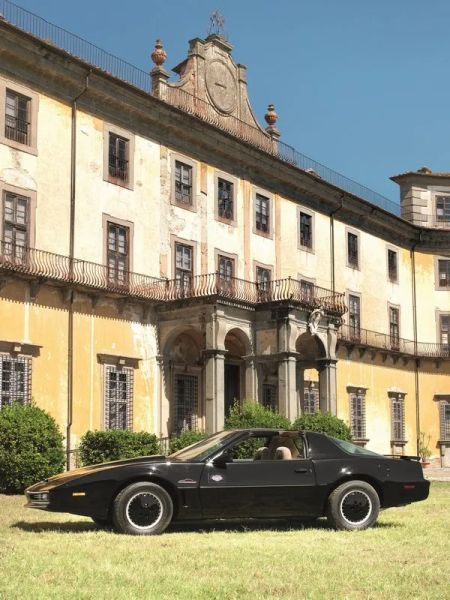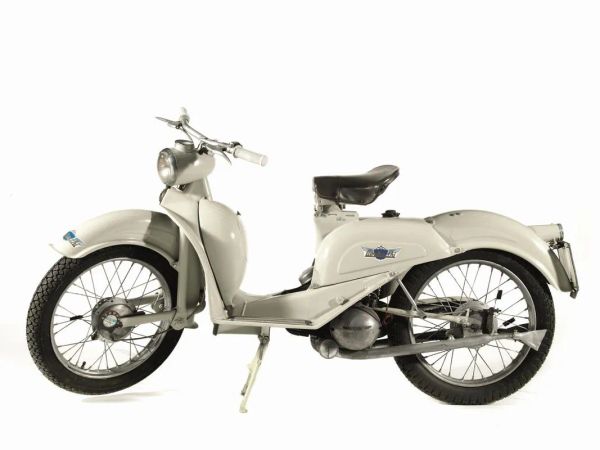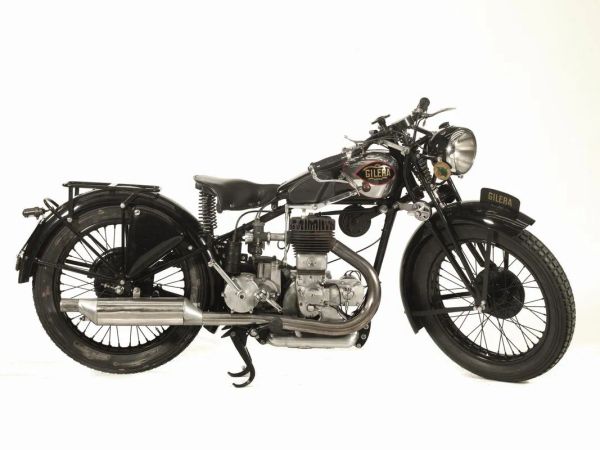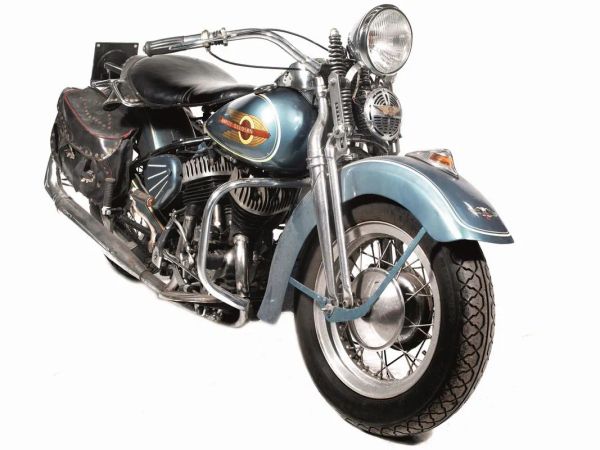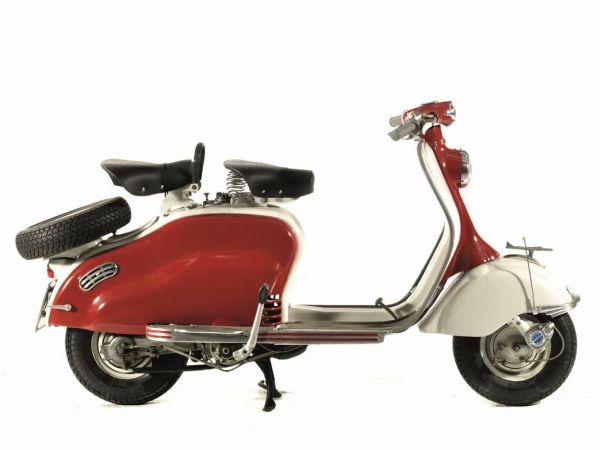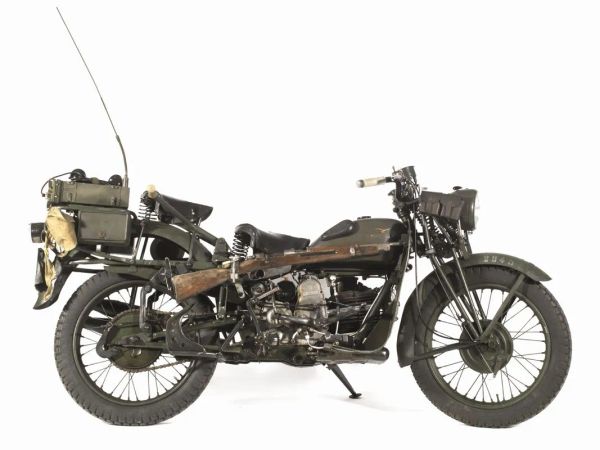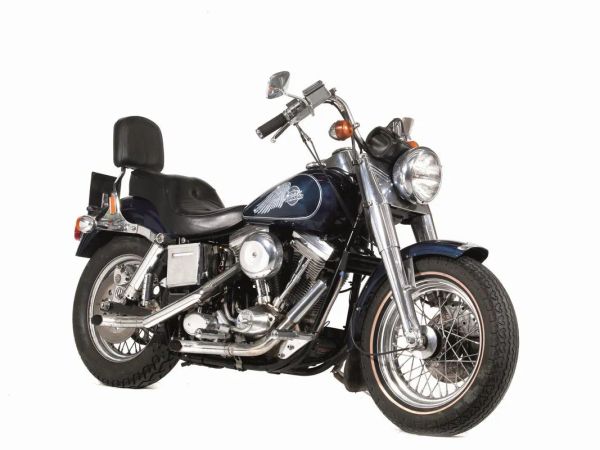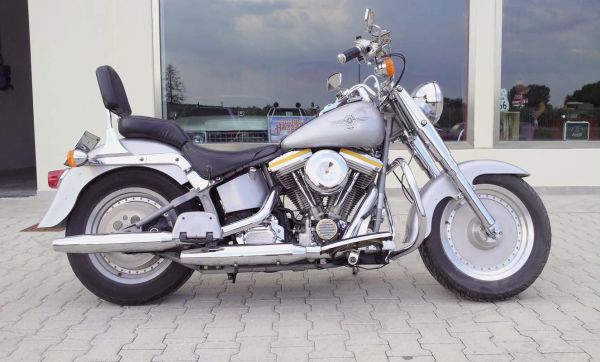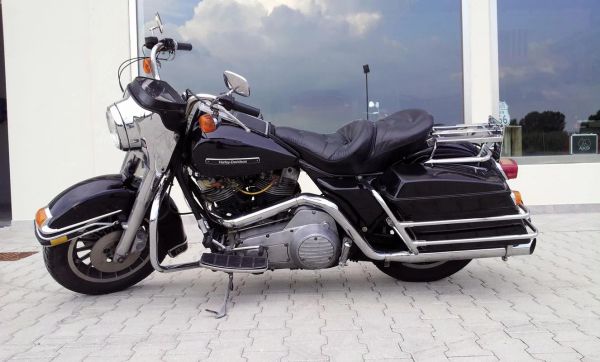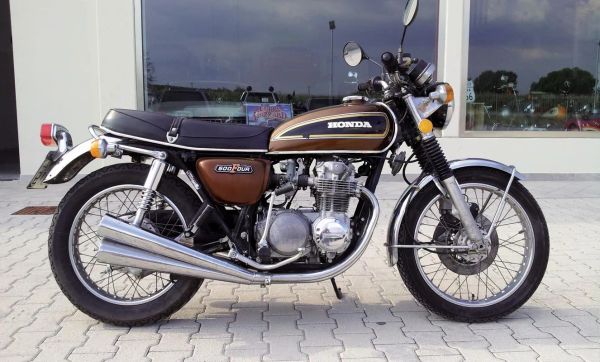Florence, wed 27 September 2017
Classic Cars
Live auction, n.216
FLORENCE
Villa La Massa
5.00 p.m.
Villa La Massa
5.00 p.m.
Viewing
Florence23-26 September 2017
10 a.m. - 6 p.m.
Villa La Massa
Related departments
Auction Highlights
33
MASERATI BITURBO (1983)
MASERATI BITURBO (1983)
CHASSIS N. ZAM331B00XB106913
ENGINE: TWIN-TURBO V6 [..]
33
Free Bid
MASERATI BITURBO (1983)
MASERATI BITURBO (1983)
CHASSIS N. ZAM331B00XB106913
ENGINE: TWIN-TURBO V6 [..]
Estimate
€ 6.000 / 8.000
Sold
34
Free Bid
URBANINA (1967)
URBANINA (1967)
ENGINE: ELECTRIC
BODY STYLE: CITY LAUNDAULET
Ever since [..]
Estimate
€ 9.000 / 12.000
Sold
35
VOLKSWAGEN 1200 BEETLE (1956)
VOLKSWAGEN 1200 BEETLE (1956)
CHASSIS N. 1226866
ENGINE: 4 CYLINDER [..]
35
Free Bid
VOLKSWAGEN 1200 BEETLE (1956)
VOLKSWAGEN 1200 BEETLE (1956)
CHASSIS N. 1226866
ENGINE: 4 CYLINDER [..]
Estimate
€ 22.000 / 30.000
36
VOLKSWAGEN T2 (1973)
VOLKSWAGEN T2 (1973)
ENGINE: 4 CYLINDER BOXER
DISPLACEMENT: 1285 CM3
POWER: 44 CV [..]
36
Free Bid
VOLKSWAGEN T2 (1973)
VOLKSWAGEN T2 (1973)
ENGINE: 4 CYLINDER BOXER
DISPLACEMENT: 1285 CM3
POWER: 44 CV [..]
Estimate
€ 18.000 / 25.000
Sold
37
VOLVO 1800E (1970)
VOLVO 1800E (1970)
ENGINE: 4 CYLINDER
DISPLACEMENT: 1986 CM3
POWER: 118 CV
BODY [..]
37
Free Bid
VOLVO 1800E (1970)
VOLVO 1800E (1970)
ENGINE: 4 CYLINDER
DISPLACEMENT: 1986 CM3
POWER: 118 CV
BODY [..]
Estimate
€ 10.000 / 15.000
Sold
38
ALFA ROMEO GIULIA SPIDER 1600 (1963)
ALFA ROMEO GIULIA SPIDER 1600 (1963)
CHASSIS N. AR376411
ENGINE: IN LINE 4 [..]
38
Free Bid
ALFA ROMEO GIULIA SPIDER 1600 (1963)
ALFA ROMEO GIULIA SPIDER 1600 (1963)
CHASSIS N. AR376411
ENGINE: IN LINE 4 [..]
Estimate
€ 50.000 / 60.000
39
PONTIAC FIREBIRD TRANS-AM KITT REPLICA (1982)
PONTIAC FIREBIRD TRANS-AM KITT REPLICA (1982)
CHASSIS N. IG2AV8773CL547310
[..]
39
Free Bid
PONTIAC FIREBIRD TRANS-AM KITT REPLICA (1982)
PONTIAC FIREBIRD TRANS-AM KITT REPLICA (1982)
CHASSIS N. IG2AV8773CL547310
[..]
Estimate
€ 100.000 / 150.000
40
AERMACCHI CIGNO 125N (1953)
AERMACCHI CIGNO 125N (1953)
CHASSIS N. 125.05297
ENGINE: TWO-STROKE SINGLE [..]
40
Free Bid
AERMACCHI CIGNO 125N (1953)
AERMACCHI CIGNO 125N (1953)
CHASSIS N. 125.05297
ENGINE: TWO-STROKE SINGLE [..]
Estimate
€ 1.500 / 2.500
41
GILERA VL 500 SIX DAYS (1934)
GILERA VL 500 SIX DAYS (1934)
CHASSIS N. 5701
ENGINE: SINGLE CYLINDER [..]
41
Free Bid
GILERA VL 500 SIX DAYS (1934)
GILERA VL 500 SIX DAYS (1934)
CHASSIS N. 5701
ENGINE: SINGLE CYLINDER [..]
Estimate
€ 15.000 / 20.000
42
HARLEY DAVIDSON WLA (1942)
HARLEY DAVIDSON WLA (1942)
CHASSIS N. 42WLA288801
ENGINE: V TWIN 45. “FLATHEAD” [..]
42
Free Bid
HARLEY DAVIDSON WLA (1942)
HARLEY DAVIDSON WLA (1942)
CHASSIS N. 42WLA288801
ENGINE: V TWIN 45. “FLATHEAD” [..]
Estimate
€ 15.000 / 20.000
43
INNOCENTI LAMBRETTA 150 LD (1957)
INNOCENTI LAMBRETTA 150 LD (1957)
CHASSIS N. LD 292938
ENGINE: TWO-STROKE [..]
43
Free Bid
INNOCENTI LAMBRETTA 150 LD (1957)
INNOCENTI LAMBRETTA 150 LD (1957)
CHASSIS N. LD 292938
ENGINE: TWO-STROKE [..]
Estimate
€ 4.000 / 6.000
Sold
44
MOTO GUZZI SUPER ALCE 500 (1951)
MOTO GUZZI SUPER ALCE 500 (1951)
CHASSIS N. 29451
ENGINE: HORIZONTAL SINGLE [..]
44
Free Bid
MOTO GUZZI SUPER ALCE 500 (1951)
MOTO GUZZI SUPER ALCE 500 (1951)
CHASSIS N. 29451
ENGINE: HORIZONTAL SINGLE [..]
Estimate
€ 7.000 / 10.000
45
HARLEY DAVIDSON FXEF SUPER GLIDE “FAT BOB” 1985
HARLEY DAVIDSON FXEF SUPER GLIDE “FAT BOB” 1985
CHASSIS N. 1HD1BBL13FY017091 [..]
45
Free Bid
HARLEY DAVIDSON FXEF SUPER GLIDE “FAT BOB” 1985
HARLEY DAVIDSON FXEF SUPER GLIDE “FAT BOB” 1985
CHASSIS N. 1HD1BBL13FY017091 [..]
Estimate
€ 7.000 / 10.000
46
HARLEY DAVIDSON FATBOY (1990)
HARLEY DAVIDSON FATBOY (1990)
CHASSIS N. 1HD1BML13LY018281
ENGINE: V TWIN [..]
46
Free Bid
HARLEY DAVIDSON FATBOY (1990)
HARLEY DAVIDSON FATBOY (1990)
CHASSIS N. 1HD1BML13LY018281
ENGINE: V TWIN [..]
Estimate
€ 19.000 / 24.000
47
HARLEY DAVIDSON FLT TOUR GLIDE (1980) “KING OF THE HIGHWAY”
HARLEY DAVIDSON FLT TOUR GLIDE (1980) “KING OF THE HIGHWAY”
CHASSIS N. 5G0077J0 [..]
47
Free Bid
HARLEY DAVIDSON FLT TOUR GLIDE (1980) “KING OF THE HIGHWAY”
HARLEY DAVIDSON FLT TOUR GLIDE (1980) “KING OF THE HIGHWAY”
CHASSIS N. 5G0077J0 [..]
Estimate
€ 10.000 / 15.000
48
HONDA CB 500 FOUR (1976)
HONDA CB 500 FOUR (1976)
CHASSIS N. CB500-2086297
ENGINE: 4 CYLINDER
DISPLACEMENT: [..]
48
Free Bid
HONDA CB 500 FOUR (1976)
HONDA CB 500 FOUR (1976)
CHASSIS N. CB500-2086297
ENGINE: 4 CYLINDER
DISPLACEMENT: [..]
Estimate
€ 5.000 / 7.000


